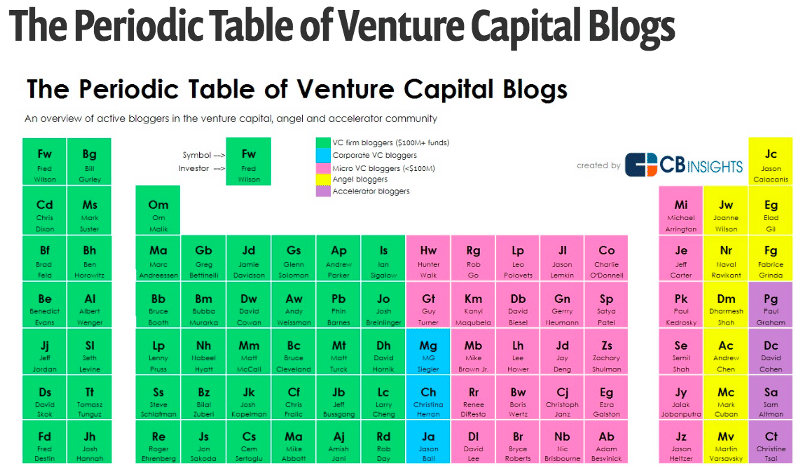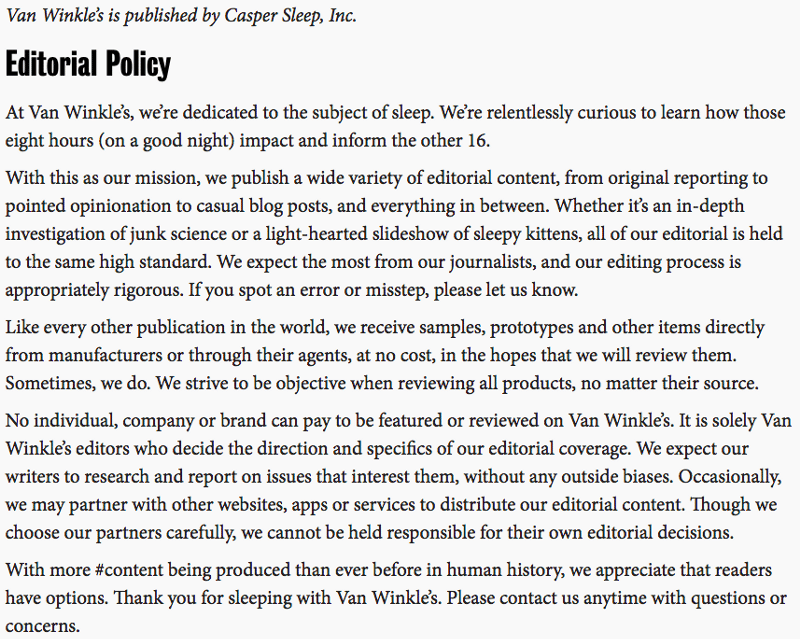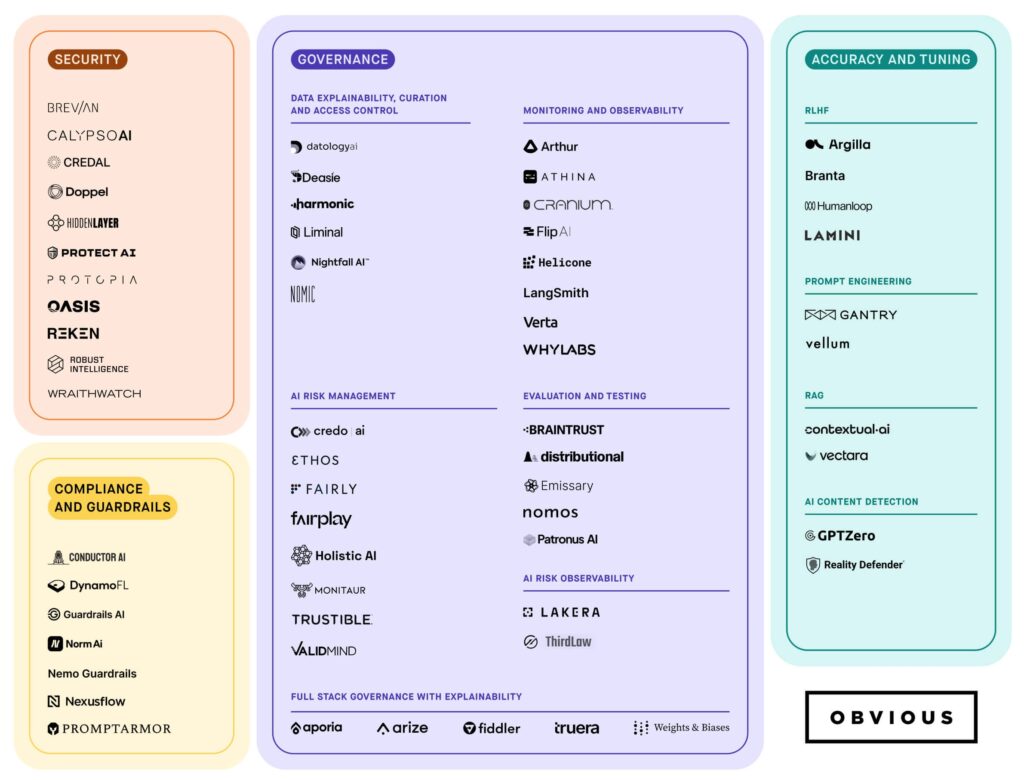Words of Wisdom From the Queen of Quality Content Marketing
First Round’s Camille Ricketts successfully built the Harvard Business Review for startups from scratch. Now she’s got some content advice of her own to impart.
Obvious |

In two and a half short years, First Round Review has become a household name in Silicon Valley by uncorking a sea of “powerful, untapped knowledge trapped in other people’s heads — people who are at the top of their fields, who rarely have time to share what they’ve learned (even when they want to).”
It feels like the publication has been a mainstay for much longer than that.
Possibly due to the evergreen nature of their Economist-style, byline-less and date-less articles. Perhaps a result of the diversity of verticals, resulting in what’s now a set of magazines. Maybe I simply couldn’t remember a time before engineers, product managers, designers and operators passed around theirs and other First Round Review posts.
It could also be that founding editor Camille Ricketts and colleague Shaun Young have amassed an impossibly useful volume of content for startup CEO’s and operators in an equally impressive window of time.
The Woman, the Myth, The Legend
Camille is no stranger to the blue chip content business, beginning her career as editor-in-chief at The Stanford Daily, followed by stints at The Wall Street Journal and Venture Beat. From there she crossed the brand divide to Tesla, followed by Kiva — her last, unsuspecting stop before First Round.
At Kiva she learned how to distill complicated information into compelling narratives, ones that a popular audience could both understand and act upon.
“At First Round I got to double down on that strategy and talk to all these innovators about how they work, and expand that to a broader audience,” she noted.
That connection wasn’t obvious when she started the conversation with First Round. An old college friend whom she hadn’t spoken with in ten years sent her an email out of the blue about a writer opportunity with First Round partner Brett Berson. After a long walk around the city pontificating on the state of content marketing and knowledge sharing in Silicon Valley, he asked if she might consider joining the team.
She did, and turned it into more than just a “writing opportunity.”
First Round Review: An Organization Within An Organization
Camille began by setting up First Round Review as a lean organization-within-an-organization, starting with a clear target and five guiding principles:
- Champion the Operator: The people closest to the work have the best insights to share.
- Tactics First: People know what they want to do, but they don’t know how to do it. Tell them that, and you’ll have their attention.
- Obsess About the Little Things: Polish and attention to detail goes a long way. It sets a standard your readers can count on.
- Accessible Structure: Clarity is the most important quality your writing can have. Without it, nothing else matters.
- Tell Good Stories: Write what people will share over the dinner table that night. If you wouldn’t, don’t write it.
The ultimate goal was to create useful resources for First Round’s portfolio founders and executives, and the entrepreneur community writ large. Someday, some of those readers might be the types whom they’d like to invest in. Those people, she asserted, wanted to hear from veterans who might not have the time to share their experiences in writing — and her job was to lower the bar for them to do so.
This is one reason why all First Round Review articles are crafted in an “as told to” format. If that means the only free time a subject has is a weekend hour between the airport and a guest lecture, and the results are a beautiful article from that conversation-in-transit, no biggie for the team at FRR.
With internet culture often rewarding recency and authorship over quality and content, she had to establish a set of countervailing forces in order to ensure her best rose to the top with some staying power. Hence, no dates — creating a sense of evergreen-ness: “A lot of wisdom is going to be applicable for many, many years — and we know people disqualify content based on date,” she mentioned. There aren’t bylines either, enabling them to elevate subject matter over all else.
“I admire The Economist. They don’t want to divert attention away from the subject matter. Similarly, I don’t want to distract from the content and knowledge. I want readers to get the feeling that they’re sitting across the table from the person they’re hearing from.”
Creating that consistency of voice with a lean staff also meant she was doing much of the writing. In the first two years, Camille wrote the first few hundred articles herself. When Shaun joined they split writing duties, working tirelessly to mirror one another’s style in an effort to maintain a unified tone.
Keeping the mix of content compelling for audiences while fulfilling a mission for her employer, and their portfolio companies, is also an ongoing tension. They keep the formula rather simple though, asking only what the target audience wants to read (i.e. veteran expert opinions and rising star perspectives) and presenting it in a way that motivates them.
“We want our readers to be moved by people who have something brilliant to say, and not be beholden to quotas. You have to believe that you’re presenting the best possible content to them. If that means we’re publishing two stories in a row from Airbnb even if they’re not in our portfolio, then that’s ok. The only mix we’re concerned with is making sure the topics are diverse.”
What this means, in practice, might feel counter to what’s in the best interest of the firm. Implications like not featuring First Round’s portfolio CEO’s or founders just because they’re in the portfolio, and what’s even more complicated, saying no to her own colleagues. “We’ve said no to featuring our partners before,” she mentioned with a resigned shrug.
The mission, and credibility of the publications, seems to depend on it.
What began as an experiment has taken on a life of its own, to the point where the First Round name is recognized often as an editorial publication as well as a venture firm. Camille admits that it is in fact “possible to have both of those identities, and there’s a positive feedback loop between them.”
Camille on the Keys to Great Content Marketing
First Round Review is ultimately a brilliant content marketing play, as are other branded editorial-based publications like MIT Technology Review, Harvard Business Review, and McKinsey Quarterly. It is the first to achieve true content marketing success in the venture space, and it’s a crowded one:

Why might it be working so well? Possibly because it’s free of ego and mandate, focusing instead on what’s truly useful.
“I feel content marketing is inadequate to describe really good content marketing…only working if it (1) has utility, or (2) is deeply emotional, and by that I mean people have to be crying and sharing with friends saying ‘you have to read/watch this.’ And achieving the second is really, really difficult,” says Camille.
She goes on to suggest good content marketing is simply storytelling in a way that “subtly illuminates an action you want people to take,” in a helpful way. The brands which stand out for her? One is Van Winkle’s (paid for by startup mattress company Casper). “They’re writing really interesting stuff about sleep. And I read it, because I suffer from insomnia. I find their articles really helpful to me, and entertaining — and I know what they want me to do is buy their mattress. And when I need to actually buy one, I just might do that.”

Another is Mixpanel. They have created a publication called The Signal, with their content initiatives focused broadly on “thinking about data differently” without an overt sell. “They make people working with data look really interesting, but don’t explicitly ask you to use their product.”
So what’s her advice to startups, and actually anyone, wanting to do something similar? Here are a few tips:
- Leverage Existing Platforms to Start: Investing time building a platform and expecting people to show up is a difficult proposition (e.g., don’t contract a WordPress designer to build a huge thing). Start using Medium and LinkedIn to work out your ideas.
- Experiment with Rigor: Try out a variety of stories, voices, and forms of content. Track their performance. Reevaluate after a while, assess what worked, and consider what factors may or may not have contributed to that success.
- Dwell On Your Audience: Ask yourself (a) whom are you targeting, and (b) what’s going to have utility for them — real utility? What are topics they want to access yet don’t already have? How might you supply that to them from credible sources? Quickly seek out that sense of what people want to hear from you.
- Elevate Compelling, Non-Company Voices: Unless your executives have they themselves cultivated deep expertise in the area you’ve chosen, remember — your audience won’t want to hear from them. They want to hear from someone who knows something.
- Be Careful with Customer Stories: Many brands fall into a trap where they produce customer stories, and they believe prospective customers will therefore make a logical conclusion that because it worked for others, it will work for them. Brands believe these deliver emotionally, and more often than not, they simply don’t.
Next Up: Public Service
Camille is currently taking a break to help the next administration with transfer of knowledge from President Barack Obama’s team, specifically applied to The U.S. Digital Service.
If she can do with our nation’s capital what she’s done with The Review, our President-elect’s staff will have a wonderful head start.



